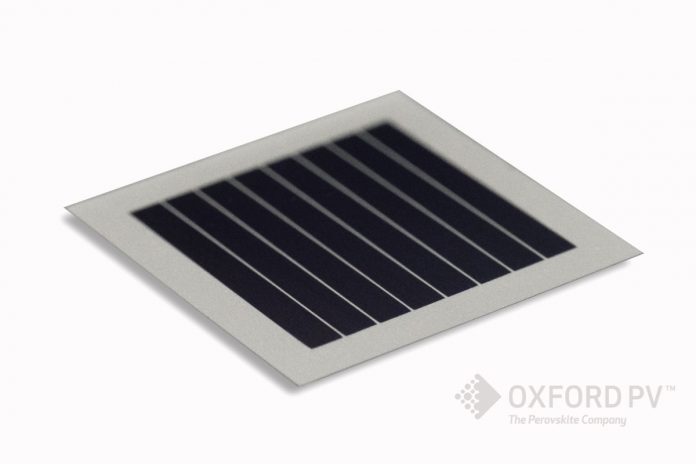Scientists from the universities of Cambridge and Oxford are investigating electron dynamics in perovskite solar cells in an effort to understand why such devices demonstrate such impressive conversion efficiency despite their thermal stability and durability problems.
The researchers said the morphology of the perovskite materials used for PV applications was not ideal for understanding the spatiotemporal charge-carrier dynamics which take place within them when photons are absorbed by methylammonium lead-iodide perovskite films.
The academics used femtosecond-transient absorption microscopy (fs-TAM) with a 10fs temporal resolution and 10nm spatial precision to observe the ‘ballistic’ propagation of carriers – commonly considered to not contribute to the mechanism of PV – due to the scattering phenomenon, which occurs when electrons deviate from their original trajectory.
An optimal solution
The researchers claim to have found a way to optimize the distance of ballistic transport – movement which occurs after power has been cut off – by improving materials and minimizing energetic disorder. “The ballistic transport distance appears to be limited by energetic disorder within the materials, probably due to disorder-induced scattering,” stated the paper Long-range ballistic propagation of carriers in methylammonium lead iodide perovskite thin films, published in Nature.
The group said its research opens a new horizon for understanding electron behavior in perovskites, and could help scientists increase the performance of solar cells based on the promising material.
Cambridge researchers have previously described how perovskite materials could be more efficient as solar cells or LEDs when their structure is less ordered. In another paper, Cambridge scientists stated perovskite solar cells could ultimately push to a maximum conversion efficiency of around 30%, from approximately 20% at present.
Oxford University last year secured government funding for a £5 million research project in partnership with manufacturer Oxford PV to develop a thin-film, multi-junction perovskite solar cell. The partners are aiming for solar cell efficiency of around 37% on devices with improved long-term stability.






